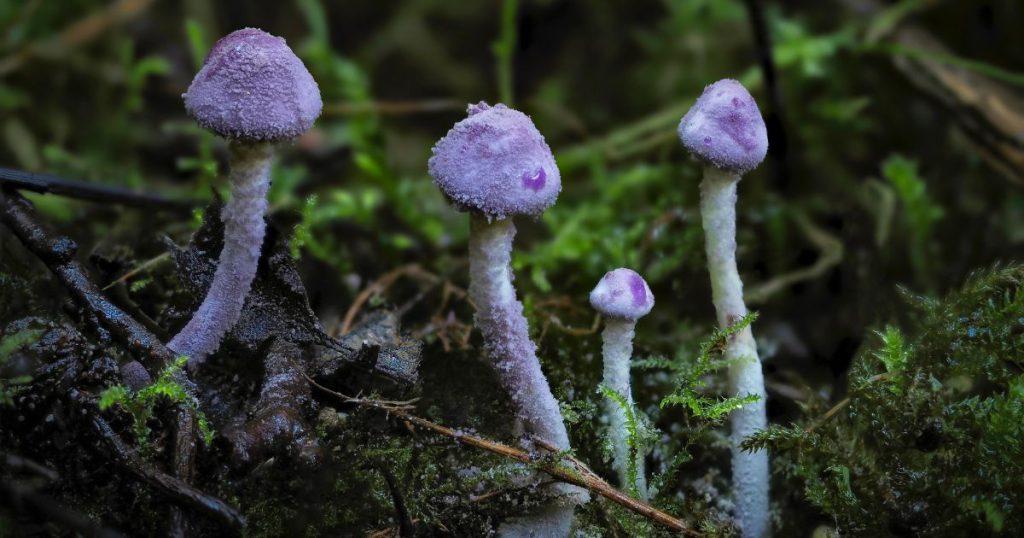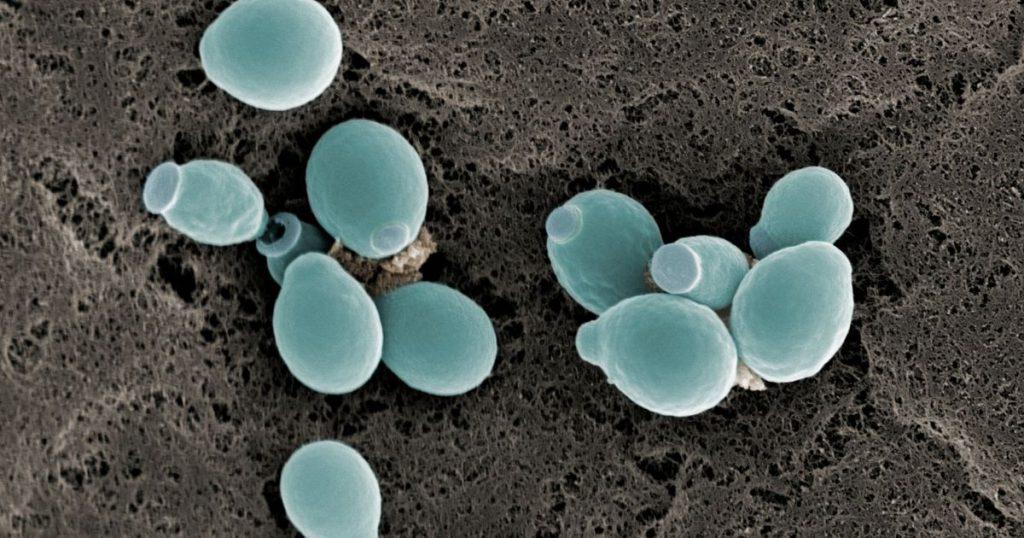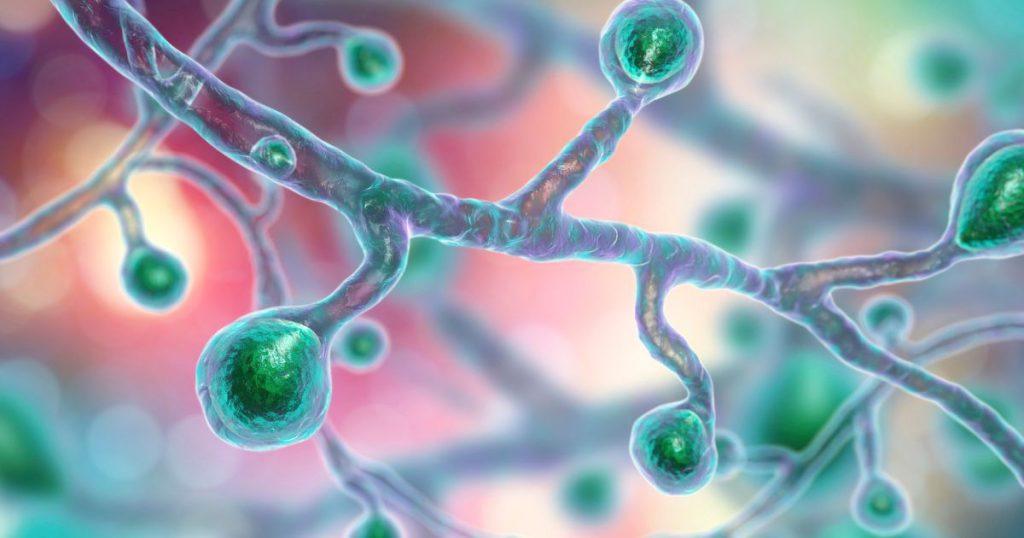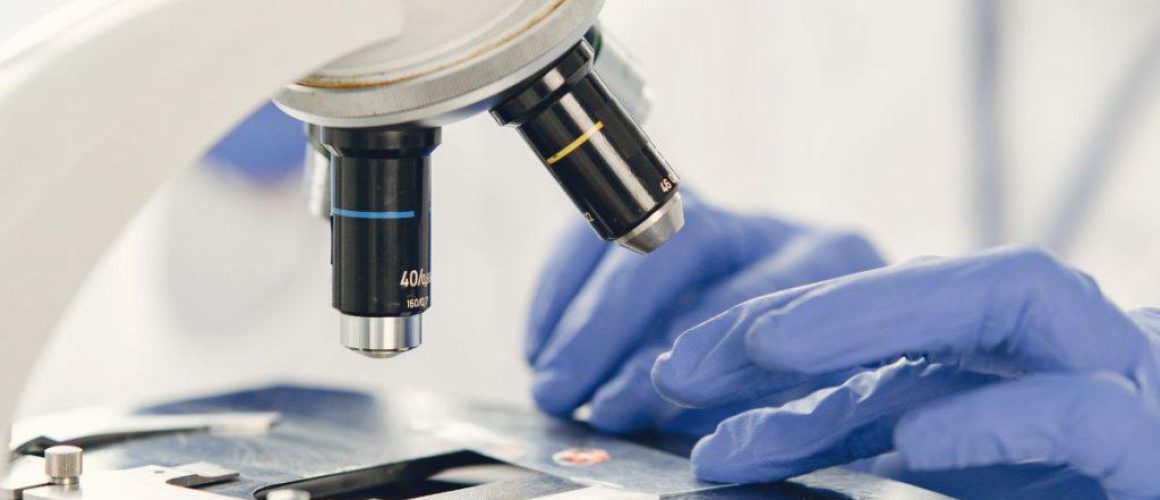Fungal classification and taxonomy
Table of Contents
Key Summary Table: Fungal Classification and Taxonomy
| Classification Level | Example in Fungi |
|---|---|
| Kingdom | Fungi |
| Phylum | Ascomycota |
| Class | Saccharomycetes |
| Order | Saccharomycetales |
| Family | Saccharomycetaceae |
| Genus | Saccharomyces |
| Species | Saccharomyces cerevisiae |
“Fungal classification and taxonomy” may sound like a mouthful, but it’s simply the science of organizing the fascinating world of fungi. Stick around as we unravel this complex system, making it as digestible as a slice of mushroom pizza!

Introduction
Fungi, often associated with mushrooms in a forest or mold on stale bread, are far more complex and intriguing. They form a kingdom of their own, teeming with diversity and playing critical roles in our ecosystems. In this article, we’ll explore the fascinating world of fungal classification and taxonomy, a cornerstone of the study of Mycology.
The future of Mycology lies in the unraveling of the fungal kingdom’s secrets through classification and taxonomy.
What is Mycology?
Mycology is the scientific study of fungi, a kingdom that includes organisms like yeasts, molds, and mushrooms. It’s a field that intersects with many others, from medicine to agriculture, as fungi have a profound impact on human health and the environment. As we journey through the world of Mycology, we’ll uncover the intricate system of fungal classification and taxonomy.
The Importance of Fungi
| Role | Description |
|---|---|
| Decomposition | Fungi break down dead organic material, recycling nutrients in the ecosystem. |
| Symbiosis | Many fungi form beneficial relationships with plants, aiding in nutrient absorption. |
| Food Production | Fungi are used in the production of bread, beer, and cheese. |
| Medicine | Some fungi produce antibiotics, like penicillin. |
Fungi are more than just the mushrooms and molds we commonly encounter. They are integral to our ecosystems, playing roles in decomposition and nutrient cycling. They form symbiotic relationships with plants, aiding in nutrient absorption, and are used in various industries, from baking to brewing. Understanding their classification and taxonomy is key to unlocking their potential and mitigating their threats.
Imagine a world without fungi. Dead leaves and trees would pile up, with no fungi to decompose them. Plants would struggle to absorb nutrients without their fungal partners. Even our bread and beer would be different, lacking the yeasts that help them rise and ferment. Fungi are everywhere, and their classification helps us understand and appreciate their diverse roles.
In the medical field, fungi are both friends and foes. Some produce life-saving antibiotics, while others cause diseases. By classifying fungi, we can better understand their behaviors and develop effective treatments. So, the next time you see a mushroom, remember, it’s part of a kingdom that’s as complex as it is crucial.
Fungal Classification – An Overview
Fungal classification and taxonomy is a system used to organize the vast diversity of the fungal kingdom. It’s based on various characteristics, including morphology, reproduction methods, and genetic makeup. This system allows scientists to identify, study, and understand the relationships between different fungal species.
Think of fungal classification as a giant family tree. Each branch represents a different group of fungi, defined by shared characteristics. Some branches are broad, representing large groups with common features. Others are narrow, denoting smaller groups with more specific traits. This tree helps us see how fungi are related and how they’ve evolved over time.
In the lab, we use this classification to identify fungi. By observing their features and behaviors, we can place them on the right branch of the family tree. This is crucial for diagnosing fungal diseases and developing treatments. So, while fungal classification might seem like a dry academic exercise, it has real-world implications that affect us all.
Steps in Fungal Classification
- Identification of morphological characteristics
- Analysis of reproductive methods
- Genetic analysis
- Placement into appropriate taxonomic category

The Kingdom of Fungi – Major Classes and Their Characteristics
| Class | Characteristics |
|---|---|
| Ascomycetes | Known as sac fungi, they produce spores in a sac-like structure called an ascus. |
| Basidiomycetes | Known as club fungi, they produce spores on a structure called a basidium. |
| Zygomycetes | Known for their sexual reproduction, where they produce a zygospore. |
| Chytridiomycetes | The only class of fungi with active motility, they have flagellated spores. |
The kingdom of fungi is a diverse realm, with each class boasting unique characteristics. From the single-celled yeasts to the complex structures of mushrooms, each class represents a unique evolutionary path. Understanding these classes and their characteristics is crucial in the study of Mycology and the application of this knowledge in various fields.
Each class of fungi is like a chapter in a book, telling a unique story of evolution and adaptation. For instance, yeasts have evolved to thrive in liquid environments, like the juice of a rotting fruit. Mushrooms, on the other hand, have developed complex structures to disperse their spores into the air.
In the lab, we often encounter fungi from different classes. By understanding their characteristics, we can predict their behaviors and interactions. This knowledge is crucial in many fields, from medicine to agriculture. So, while the kingdom of fungi might seem like a foreign land, it’s one that’s worth exploring.

The Role of Taxonomy in Mycology
Taxonomy, the science of classification, plays a pivotal role in Mycology. It provides a framework to organize the vast diversity of fungi, making it easier to study and understand them. Through taxonomy, we can trace the evolutionary relationships between different fungi, aiding in their identification and study.
Taxonomy is like a map, guiding us through the fungal kingdom. It shows us where each species belongs and how they’re related. This map is constantly updated as we discover new species and learn more about existing ones.
In the lab, taxonomy helps us identify fungi and predict their behaviors. It also aids in the diagnosis and treatment of fungal diseases. So, while taxonomy might seem like a complex science, it’s a tool that helps us navigate the fascinating world of fungi.
The Future of Fungal Classification and Taxonomy
| Development | Description |
|---|---|
| Genetic Sequencing | Advanced genetic techniques allow for more accurate classification. |
| Bioinformatics | Computational tools help manage and analyze the large amount of data generated. |
| Discovery of New Species | Ongoing research continues to uncover new fungal species. |
| Evolutionary Studies | Understanding the evolutionary relationships between fungi helps refine their classification. |
As our understanding of fungi continues to evolve, so does the field of fungal classification and taxonomy. With advancements in genetic sequencing and bioinformatics, we’re able to delve deeper into the fungal kingdom, uncovering new species and gaining insights into their evolutionary history. This continuous evolution of classification and taxonomy is what keeps the field of Mycology exciting and dynamic.
Imagine the fungal kingdom as a vast, unexplored territory. With every new technology, we’re able to map out more of this territory, discovering new species and understanding their roles in our world. Genetic sequencing, for instance, allows us to see the blueprints of fungi, revealing their evolutionary history and relationships.
Bioinformatics, on the other hand, helps us manage and analyze the massive amount of data we generate. It’s like having a supercomputer that can sift through mountains of information, finding patterns and connections that we might miss. With these tools, the future of fungal classification and taxonomy looks bright, promising new discoveries and insights.
The world of fungi is more complex than we ever imagined.

Conclusion
Our exploration of the world of fungi and their classification may be complex, but it’s undoubtedly fascinating. From understanding what Mycology is to the importance of fungi, and from the overview of fungal classification to the future of taxonomy, we’ve journeyed through the captivating world of fungi. As we continue to uncover the secrets of this kingdom, we’re reminded of the intricate beauty of nature and the endless possibilities of scientific discovery.
This post is part of my Mycology category. Please check out my index page on mycology
Other posts of interest: Mycology: More than just mushrooms and Fungal morphology and structure
Disclaimer: This article is intended for informational purposes only. While every effort has been made to ensure the accuracy of the information, it should not be used as a substitute for professional advice.
Frequently Asked Questions
What is Mycology?
Mycology is the scientific study of fungi, which includes organisms like yeasts, molds, and mushrooms. It’s a field that intersects with many others, from medicine to agriculture, due to the significant impact fungi have on human health and the environment.
Why is fungal classification and taxonomy important?
Fungal classification and taxonomy provide a systematic way to organize the vast diversity of the fungal kingdom. This system allows scientists to identify, study, and understand the relationships between different fungal species, which is crucial for their further study and application in various fields.
What are some major classes in the kingdom of fungi?
The kingdom of fungi is incredibly diverse, with each class having unique characteristics. Some major classes include yeasts, molds, and mushrooms. Each represents a unique evolutionary path and has distinct characteristics that set them apart.
How does taxonomy aid in the study of Mycology?
Taxonomy, the science of classification, provides a framework to organize the vast diversity of fungi. It helps trace the evolutionary relationships between different fungi, aiding in their identification and study. This is crucial for understanding the role of fungi in various ecosystems and their impact on human health.
How is the field of fungal classification and taxonomy evolving?
With advancements in genetic sequencing and bioinformatics, scientists are able to delve deeper into the fungal kingdom, uncovering new species and gaining insights into their evolutionary history. This continuous evolution of classification and taxonomy is what keeps the field of Mycology exciting and dynamic.
Further reading
Fungal Classification – an overview | ScienceDirect Topics
Sean Schepers is a third-year Medical Technology student at Mahidol University with a passion for all things health and medicine. His journey into the world of medicine has led him to explore various fields. Sean's blog posts offer a unique perspective, combining his academic insights with personal experiences. When he's not studying or blogging, Sean enjoys keeping up with politics and planning his future career in medicine.
In addition to his studies, Sean serves as the chairman of the Rights, Liberties, and Welfare Committee, a role that reflects his commitment to advocacy and social justice. Beyond his academic pursuits, Sean offers tutoring services in English and Biology, further demonstrating his dedication to education and mentorship. His journey is one of continuous discovery, and he invites others to join him as he explores the dynamic and transformative world of medical technology.


